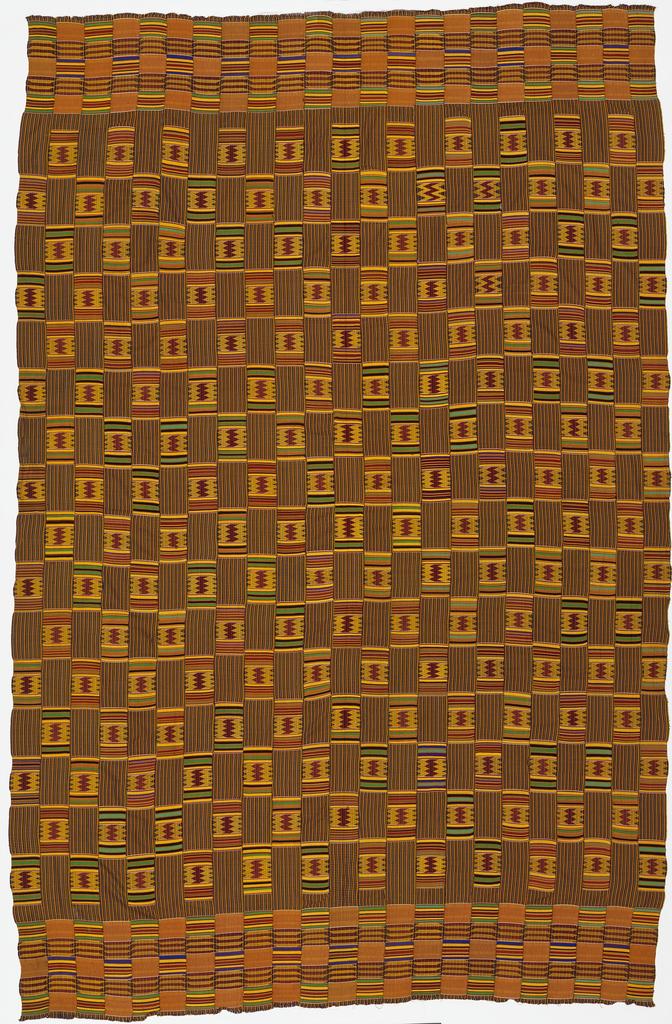Unveiling the Vibrant Heritage: A Thorough Guide to Kente cloth
Table of Contents
Introduction
Kente cloth, a resplendent textile adorned with colorful, geometric patterns, stands as a testament to the rich cultural heritage of Ghana and neighboring West African nations. Worn for centuries by royalty, priests, and revered individuals, kente remains a cherished fabric imbued with profound symbolism. This article delves into the interesting world of kente cloth, exploring its origins, intricate weaving techniques, cultural importance, and enduring impact.
Origins and History
Kente weaving originated among the Akan people of present-day ghana and Côte d’Ivoire. The earliest known kente textiles date back to the 17th century,woven by skilled artisans on customary wooden looms. The word “kente” stems from the Akan term “kenten,” meaning “woven cloth.”
Weaving Techniques
The production of kente cloth is a labor-intensive and time-consuming process that requires extraordinary craftsmanship. Woven on narrow strips of cotton or silk, kente is created by interlocking identically sized weft (horizontal) and warp (vertical) threads. The vibrant colors and patterns result from dyeing the yarns before weaving and using a variety of intricate weaving techniques, including:
- Strip Weaving: Strips of yarn, each dyed a diffrent color, are woven horizontally to create the basic structure of the cloth.
- Twining: Two or more threads are twisted together to form decorative patterns.
- Shed and Pick weaving: Looms are used to lift and lower warp threads to create different patterns through the insertion of weft threads.
Cultural Significance
Kente cloth carries immense cultural significance for the Akan people.Different patterns and colors hold specific meanings and are reserved for specific occasions and individuals. For instance:
- Royalty: Adorned by kings and queens, kente represents power, wealth, and prestige.The Ashantihene, the supreme ruler of the Ashanti Empire, wears a unique pattern called “Sika Futuro” (translated as “gold dust”) that symbolizes his royal authority.
- Priests and Priestesses: Sacred kente patterns are worn by religious leaders during rituals and ceremonies, signifying their connection to the divine realm.
- Married Women: Certain kente patterns are associated with marriage and are gifted by husbands to their wives. These patterns often depict symbols of fertility and marital harmony.
Symbolism and Patterns
Kente cloth is not merely a piece of fabric; it is a visual language that conveys narratives, emotions, and cultural values. Each pattern and color holds a specific meaning, including:
Red: Courage, Strength, Passion
Yellow: gold, Wealth, Joy
Green: Vegetation, Renewal, Prosperity
Black: Wisdom, Respect, Mourning
Blue: Tranquility, Serenity, Peacefulness
Benefits and Practical tips
Apart from its cultural significance, kente cloth offers several benefits and practical applications:
- Durability: Kente is highly durable, with its tightly woven structure providing exceptional strength.
- Breathability: The open nature of the weaving allows for air circulation, making kente cozy to wear in warm climates.
- Versatile: Kente is a versatile fabric that can be used for various purposes, including garments, upholstery, and interior décor.
Tips for Caring for Kente:
- Hand wash in cold water using mild detergent.
- Avoid using harsh chemicals or chlorine.
- Dry in shade to prevent fading.
- Iron on low heat if necessary.
Case Studies
The enduring appeal of kente cloth is exemplified by its presence in contemporary fashion and art. Designers worldwide have incorporated kente patterns into clothing, accessories, and home décor, showcasing its timeless elegance and cultural significance.
- Gucci: The Italian luxury brand has featured kente patterns in their runway collections,paying homage to Ghana’s rich textile heritage.
- Yinka Shonibare: The award-winning British-Nigerian artist uses kente cloth in his installations and sculptures to explore themes of identity, culture, and globalization.
first-Hand Experience
As a traveler who has visited West Africa and witnessed firsthand the intricate craftsmanship involved in kente weaving,I can attest to its enduring beauty and profound cultural significance. Donning a kente garment was not simply an act of wearing but an immersion into a vibrant cultural heritage.
Conclusion
Kente cloth, a symbol of west African heritage and artistry, continues to captivate and inspire. Its intricate patterns and colorful hues tell the story of a rich and resilient culture, passing down traditions and values from generation to generation. Weather worn as a sacred garment or displayed as a piece of art, kente cloth remains a cherished testament to the enduring human spirit. As a treasure of world heritage, it serves as a reminder of the rich cultural diversity that enriches our shared human experience.

